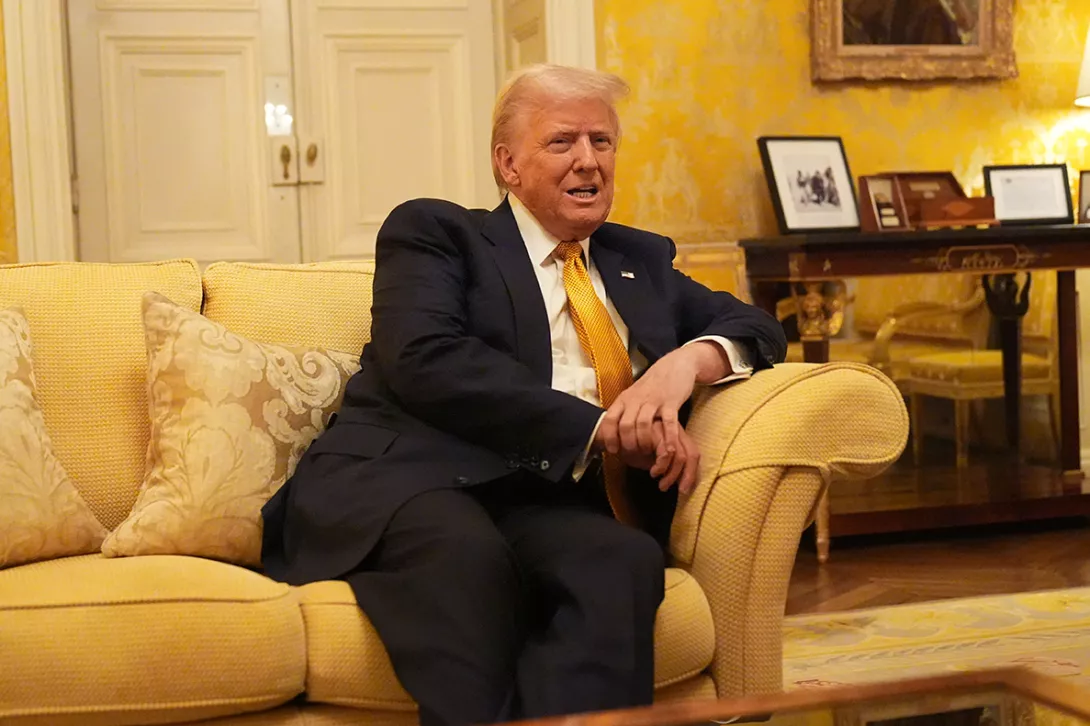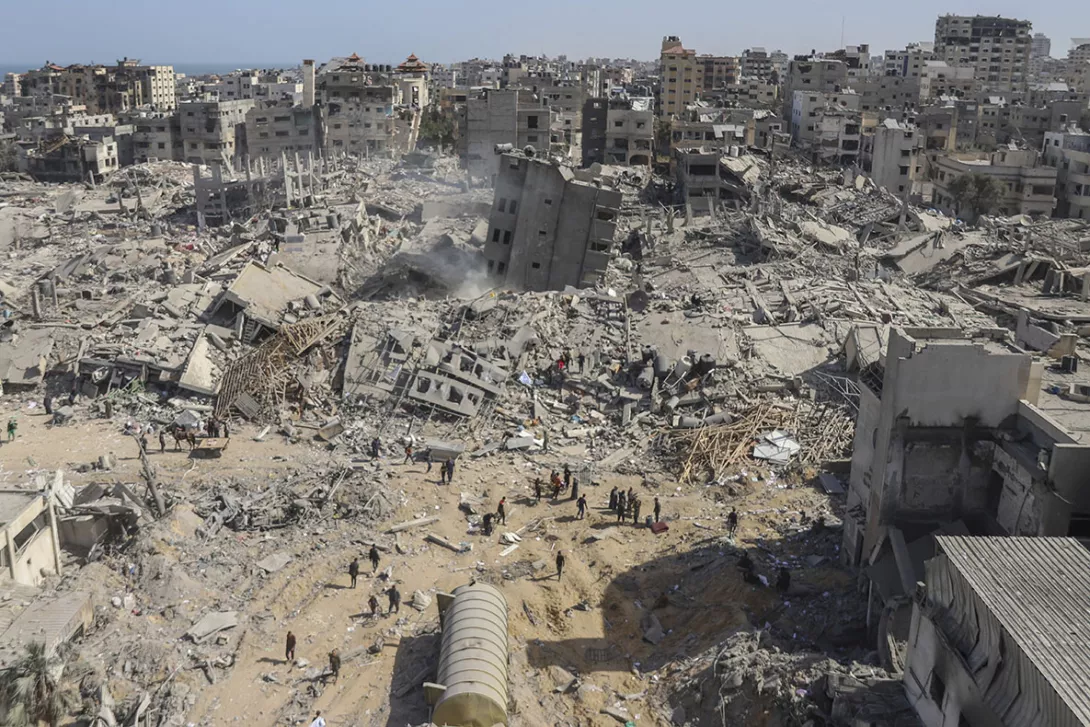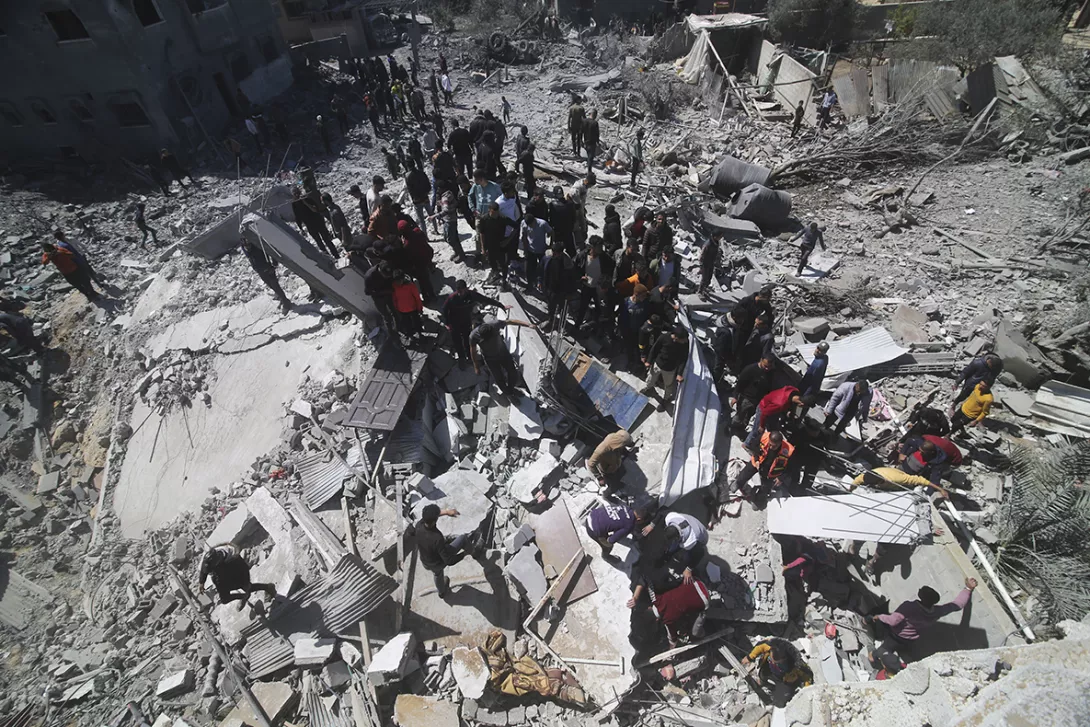Al Shifa Hospital: a new low in war propaganda
Even when Israel was caught using video 'evidence' it had faked itself, the Western press continued to repeat its murderous fabrications, giving a green light to its war on hospitals in Gaza, writes SOLOMON HUGHES
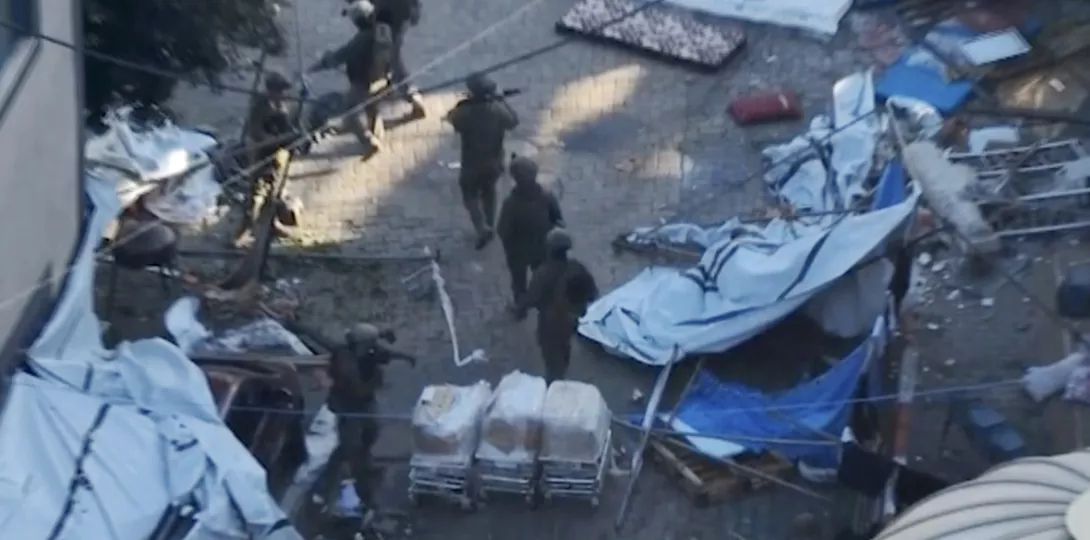
THE Israeli government is pumping out crude propaganda and fake stories to justify its wildly destructive war in Gaza — just as Britain and the US promoted fake tales to get the Iraq and Afghan wars going.
And just like the Iraq war, while some reporters have done a great job exposing this, a substantial and larger section of the press and TV news have actually transmitted the fake stories or even added to them.
Take the Israeli army (IDF) and its war on hospitals in Gaza. The IDF is systematically, surrounding, firing upon, invading and closing down Gaza’s hospitals and arresting key medical staff. It has made this shocking tactic seem normal with some pretty crass propaganda.
More from this author
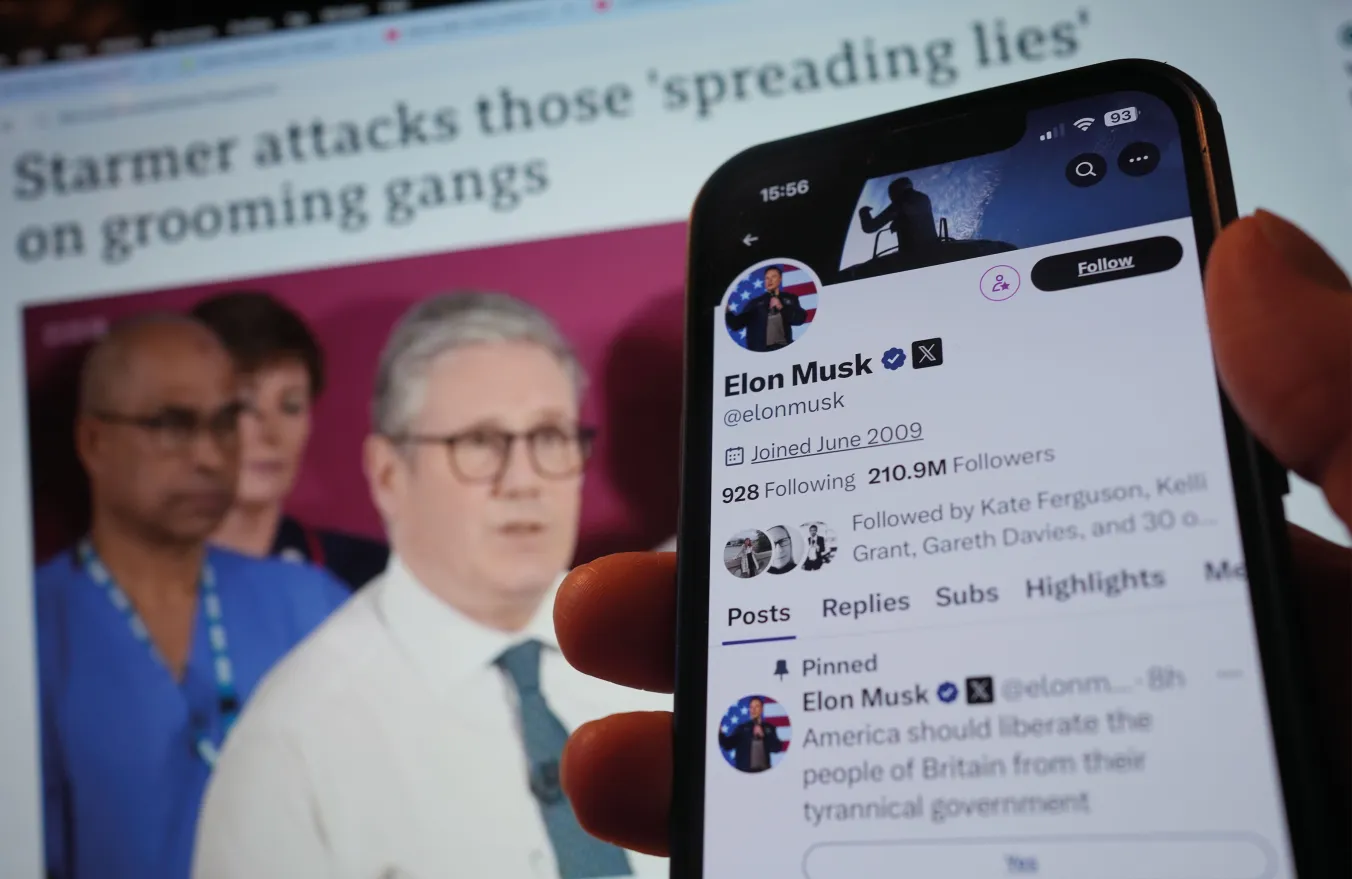
By spreading race-based conspiracy theories, the billionaire tycoon turned right-wing provocateur has been seriously undermining the case against those who really did let victims of the grooming gangs down, writes SOLOMON HUGHES

Supposedly top journalists and commentators are suddenly reversing their earlier proclamations that our Labour PM is terrific, and are now saying he’s crap. SOLOMON HUGHES has a shrewd idea why

Behind a facade of flimsy restrictions, the man who was Tony Blair’s privatisation champion is back in an advisory role, despite the fact he already works for firms that will profit from the selling off of the NHS, writes SOLOMON HUGHES

Despite mainstream political podcasts drowning in centrist drivel, Labour Left Podcast offers an authentic grassroots perspective from decades of working-class struggle and resistance, writes SOLOMON HUGHES
Similar stories
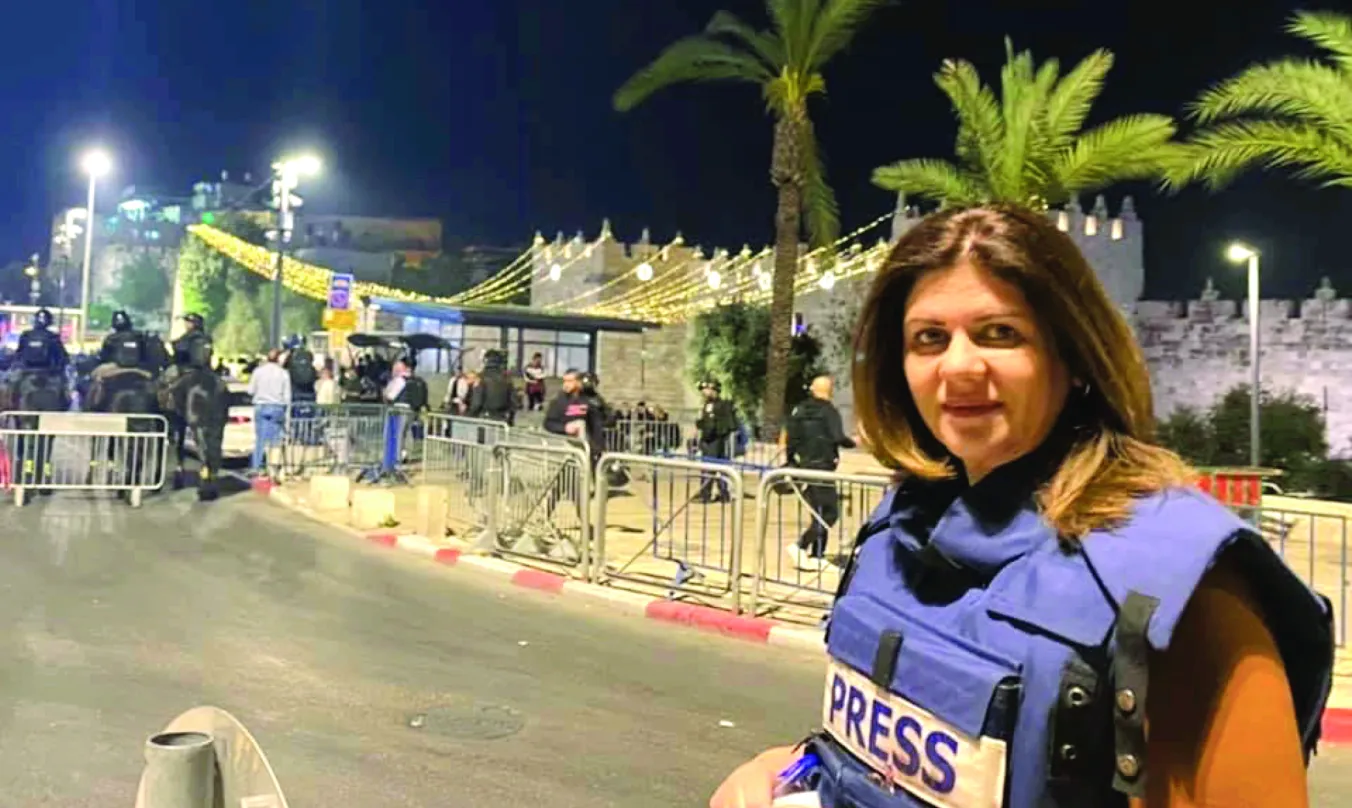
The wholesale murder by Israel's armed forces of journalists in Gaza is a cause for international concern, writes TIM DAWSON
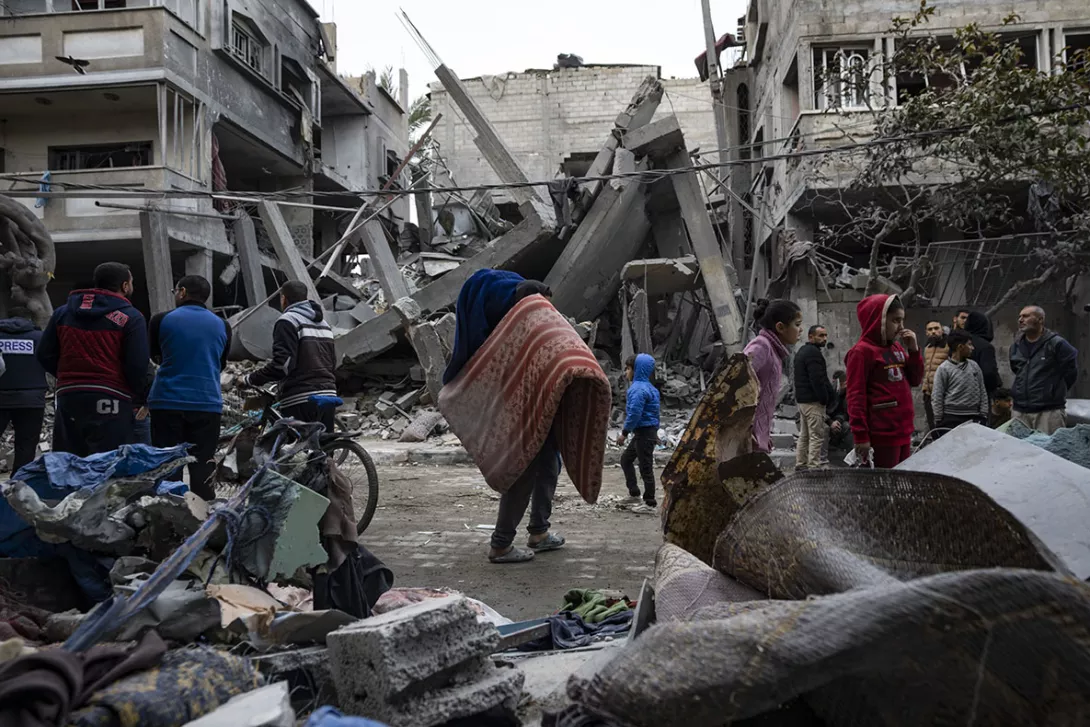
Campaigners across Britain call for a ceasefire as Israel continues raid on al-Shifa hospital



